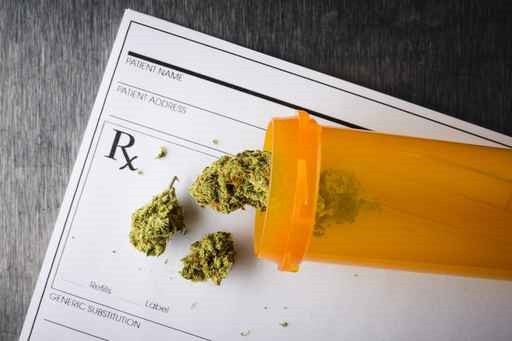We are starting to see an increase in the number of individuals who are prescribed medical marijuana for a variety of conditions. It is important to ensure that staff are informed about the use of medical marijuana and to have policies and procedures in place that safeguard the individual, the agency and your staff.
Who is Eligible to Use Medical Marijuana?
The Marihuana for Medical Purposes Regulations (MMPR) came into effect in June 2013. You may think that is a typo but Canada first chose to use the spelling “Medical Marihuana”. More recently, the government has started to use the widely accepted spelling “Marijuana” on informational websites. The MMPR allows reasonable access to a legal source of the drug which is quality controlled and grown under secure and sanitary conditions.
Interestingly, the Government of Canada has clearly stated that marijuana is not an approved medicine in Canada and they do not endorse its use. The courts however have now ruled that the decision to use marijuana for medical purposes is between the individual and their healthcare practitioner alone. Medical marijuana can be prescribed by both Medical Doctors and Nurse Practitioners.
How do individuals obtain dried marijuana for medical purposes?
Individuals consult with their healthcare practitioner to obtain a prescription for medical marijuana. The healthcare practitioner then fills out the necessary documentation and sends it to Health Canada. The prescription is valid for one year and must be renewed annually.
Individuals then register with a licensed provider and can place an order. Marijuana is shipped directly to the individual in secure packaging with the appropriate labels and instructions. Individuals can legally be in possession of 30 times the daily amount prescribed by their healthcare practitioner or 150 grams of dried marijuana, whichever is less.
What policies should we put in place for the use of medical marijuana?
As a best practice, we recommend your policy on the use of medical marijuana include the following:
- A copy of the Medical Marijuana drug card and documentation with the order from the healthcare practitioner should be on kept on the individual's file. It is also a good idea to keep a copy of the label from the licensed provider showing the prescribed amount and individual’s name.
- Marijuana is a controlled substance and must be treated the same as any other narcotic. We recommend you limit the amount of marijuana that you will accept on behalf of an individual using respite services or attending a day program. It is good practice to only accept the amount that is needed for the visit and not to hold extra. This discourages families from bringing in a large bag of loose marijuana which makes tracking its use almost impossible. As an “agent” for an individual, the agency can legally be in possession of thirty times the daily amount prescribed or 150 grams of dried marijuana, whichever is less.
- As a controlled substance, you must keep a record of how much drug you receive on behalf of an individual whether it be from the supplier or from the family in the case of respite visits. Create an official form that counts the amount of drug received, the name and address of the person you received it from and have that person along with two staff members sign verifying the amount.
- We highly recommend completing a narcotic count for the drug at each shift change to safeguard against possible theft or allegations of theft. Narcotic counts are done with two people and both individuals sign a record stating that they both count the same amount of the drug on hand. If there is a discrepancy between what is actually on hand and what should be on hand, an investigation is launched. We have made the counting of loose marijuana easier by requiring our individuals using respite services to bring the drug in pre-measured sealed packages such as zip lock bags with tape and initials or vacuum sealed bags using a food sealer. In a residential setting, you could use a scale for the daily count or package the drug into daily doses when it arrives.
- It is extremely important to take an “outgoing” count if a person is being discharged from a respite setting or day program. You will want the person who is accepting any leftover drug to sign for the amount they are receiving.
What if a family wants medical marijuana to be given on a PRN basis?
We do not recommend accepting any orders for PRN marijuana. There simply is not enough documentation on side effects, overdose, etc., to create effective PRN protocols that would safeguard the individual and your staff. If a family is insisting on the drug being used on a PRN basis, consult with the prescribing healthcare practitioner for guidelines.
How do we store Medical Marijuana?
Medical marijuana can be stored in the same manner as any other narcotic drug. It should be in a locked cabinet with limited access and kept dry and cool.
What if individuals wants to smoke the drug instead of sprinkling on food or taking it as a tea or oil?
Individuals with a prescription to smoke medical marijuana are exempt from no smoking bylaws but organizations and establishments DO have the right to say that they cannot smoke on their premises or to expose staff to second hand smoke. This is a decision you will have to make as an agency looking at the benefits and risks for all involved.
You can find more information on the MMPR by visiting http://www.hc-sc.gc.ca/dhp-mps/marihuana/index-eng.php.

